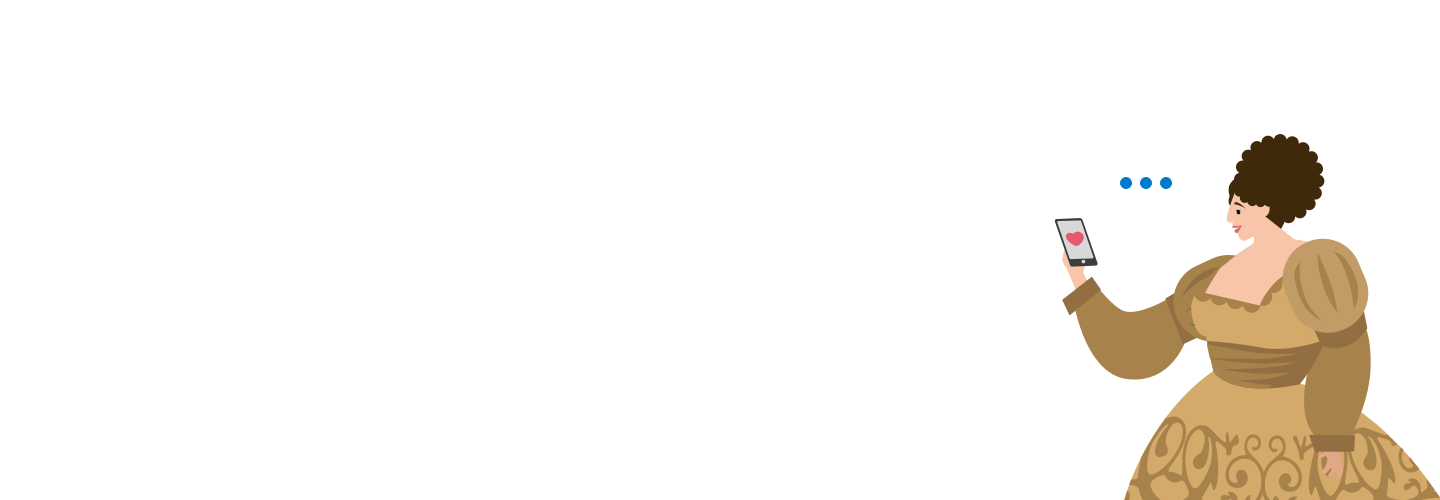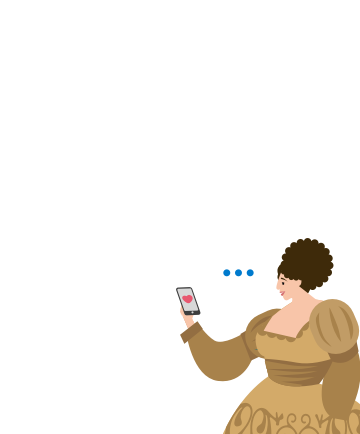5 Strategies for Acing the Reading Section of Your Standardized Tests

This brillz slideshow was brought to you by our friends at Magoosh! They make test prep effective, enjoyable, and stress-free, and provide top-quality prep materials (like timed practice questions, study schedules, and full-length tests) to help you ace exams like the SAT, ACT, and many more. Check them out at Magoosh.com—we think you’ll be as obsessed as we are!
We’ve got a hypothetical question for you: Imagine it’s your birthday party and you pick up a present. From the shape and weight of it, you think you know what it is. You tear off the wrapping paper…and it’s a book. How do you feel?
Not thrilled? You’re not alone. While a lot of people love reading, it’s not everybody’s favorite thing to do in their spare time. For some people, reading takes them back to stressful classes in which they were asked to make inferences from seemingly impenetrable and random prose. If the thought of analyzing an essay makes you break out in a cold sweat, the following method can make reading for school and test prep more efficient, more effective, and more fun.
1. Take notes. Okay, nothing groundbreaking about note-taking, but focusing on the kind of notes you’re taking can change everything. It’s really easy to jot down too much, not enough, or the right amount (about the wrong things). Start by practicing with a single sentence and write the subject (the person/thing doing an action) and the action in the margins. For example, take the following sentence: A talented dancer, Claire nevertheless spent three hours a day in class perfecting her skills. What do you need to remember here? Claire takes dance classes.
2. Abstract. Work on expanding these brief summaries until you can write them for an entire paragraph; the notes don’t have to be in full sentences, but instead should consist of a few words that show the main point the paragraph’s making. In the above example, maybe the sentence comes in a paragraph about what Claire did before something changed her life forever. In that case, it’s less important to know that Claire took dance classes for three hours a day (you can go back and find that information later if you need it) and more important to know what the function of the paragraph is.
3. Label. Next, narrow down your ideas about what the paragraph is saying and what it is doing in terms of the structure and jot those ideas down. Using your notes from Step 1, you might write something like “Background/Description of before: intense dancing.” These notes don’t have to be Shakespearean; as long as you can remember what they mean, you’ll be fine.
4. Find patterns. Once you’ve taken notes, abstracted, and labeled the paragraphs in the piece of writing you’re looking at, it’s time to find patterns. Be open to different kinds of patterns, particularly in fiction. Maybe alternate paragraphs go back and forth from past to present. Maybe some of them show one character’s point of view and some show another. It’s rare for there to be no pattern, even if that pattern is simply chronological. (If you’re reading post-modern fiction, here’s a big hint: the lack of the pattern is meaningful in itself.)
5. Draw conclusions. How does the pattern you’ve identified relate to the content? In other words, how do form and function work together in the piece you’ve just read? Maybe the story about Claire is easily divided into before-and-after segments, reflecting how much her life has changed since some big event. Maybe minute changes in a character’s perspective from paragraph to paragraph emphasize essay’s theme about the power of the small.
The biggest issue that I see with students who struggle with reading is that they become convinced there’s no objectively right answer to a question about a passage. This gets particularly tricky on standardized tests, when there is necessarily a right answer, but students don’t see it. The fact is that there’s no objectively right response to a passage, but we have to use the text’s features to find its meaning. Once you start looking at texts as puzzles to be solved, rather than mysteries, you’re on your way to understanding them even better.
Rachel Kapelke-Dale blogs about test prep and admissions for Magoosh. She has a BA from Brown University, and did her own graduate work at the Université de Paris VII (Master Recherche) and University College London (PhD). She has taught and written about test preparation and admissions practices for over a decade.












